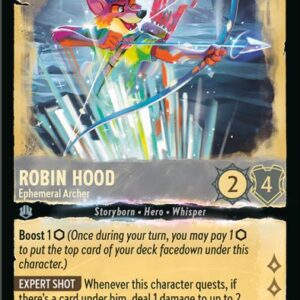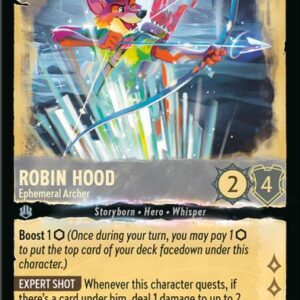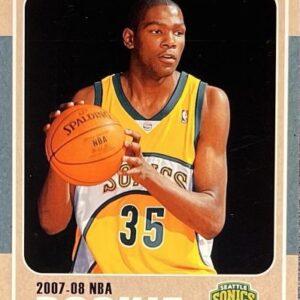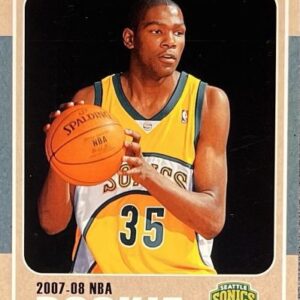In the mystical realm of Magic: The Gathering, every card is a story, each deck a saga waiting to unfold. Enthusiasts far and wide cherish their collections, hosting tournaments as epic as any battle in fantasy lore. However, even the most seasoned planeswalking player will agree—nothing kills the magic faster than a counterfeit’s sneaky intrusion. Imagine drawing your Black Lotus to the awe of your comrades, only for it to be debunked as a mere imposter. Fret not, for with a sprinkle of knowledge and a dash of discernment, you can become the enchanted hunter of fakes, weaving through realms of deception with ease.
The first line of defense? Trust your very human senses. The tactile feedback of a Magic card, that familiar matte texture known to every player, can be your first clue. Genuine cards possess a distinct feel, decidedly different from the slick or overly glossy materials that fraudsters wield. Think of it like touching silk versus polyester—your fingers will know the impostor before your eyes can confirm. In doubt? Compare the card in question to a land card from the same set. If it feels more like touching a laminated restaurant menu than unwrapping the last booster pack of your draft night, dive deeper.
Next, wield the power of light like a wizard with a flashlight instead of a wand. Magic cards are born with a blue-core enchantment, a paper sandwich that yields a unique luminescent signature when raised to a light source. Real cards let through a soft, cool blue hue, evoking memories of full-moonlit nights. Counterfeits, on the other hand, fall short—either too opaque (like a secretive cloaked figure) or translucent enough to reveal too much light (unveiling their true, lesser nature).
For those seeking a more profound investigation, a jeweler’s loupe is your secret weapon. At 30x magnification, this affordable tool transforms you into a detective, sifting through minutiae for signs of subterfuge. Look closely at the art and the text—original Magic cards are printed in a series of delicate rosette patterns. Think Monet, not Picasso; tiny, round dots forming floral shapes, consistent and reminiscent of the lush fields from which mana springs. Counterfeits, however, reveal their unrefined roots—blurry dots, digital pixelation, or loose patterns as if sketched by a novice wielding pixels in place of paints.
The legendary black ink of Magic cards, with its proud solid blacks on names, mana symbols, and text, can also betray an impostor. A genuine card lays its ebony font down like a bold declaration, unwavering and stark. Those resorting to digital sleight of hand? Their blacks often consist of layered colors, resulting in a fuzzy, uncertain imprint under scrutiny.
Even the back of the card holds answers, with the infamous green dot “L” offering almost fait-like clues. Zoom in on the revered green mana symbol—real cards play host to an intricate red dot pattern forming an upside-down “L.” If the tale it speaks seems skewed, or the dots align in chaotic fashion, you’ve likely got a counterfeit in your grasp.
As the game evolved, so too did its safeguards: since Magic 2015, rares and mythics have been marked by an oval hologram stamp. Examine closely: a true holo should rest flat against the card surface, bearing microtext—perhaps mana icons, maybe planeswalker symbols—sculpted with precision. Counterfeits might resemble a grainy mess, the stamp raised like a skin blemish or haphazardly pasted on by what seems like the world’s worst arts and crafts Tuesday.
And yet, even in the face of doubt, there are paths best left untraveled. Tearing a card asunder to expose its blue core might end in tragedy, harming a genuine deck member and serving nothing but despair. Today’s counterfeiters have adapted like cunning rogues; use only methods that keep your cards unscathed.
Evading the clutches of counterfeit cunningness isn’t about one lone tactic. It’s a blend of observations, a symphony of senses. Start with how it feels in your hand, dance it through the light, and consult your trusty loupe. Over time, your skills in detecting fakes will heighten, maintaining not only the integrity of your personal trove but upholding the honest spirit of the game. Whether you’re a knight defending your castle of cards or a sorcerer warping reality with each draw, knowing what to look for makes you a wiser collector—both a protector and a custodian of Magic: The Gathering’s wonders.





